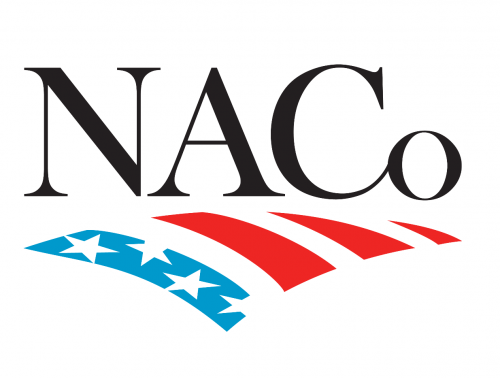
Counties fiscally constrained amid rising service mandates
States increasingly limit counties’ capacity to raise adequate revenue to fund their activities. At the same time, state and federal governments are imposing more mandates on counties, without providing adequate funding, new research from the National Association of Counties (NACo) shows.
An analysis of interviews with state and county officials in 48 states, research of state statutes and tax codes and a review of existing literature finds that:
- States are limiting counties’ revenue authority to fund essential services. Property taxes and sales taxes are the main general revenue sources for most counties. While counties in 45 states collect property taxes, 42 states place limitations on county property tax authority. Only 29 states authorize counties to collect sales taxes, but with restrictions. Twenty-six (26) impose a sales tax limit and 19 ask for voter approval.
- Counties are struggling with more state and federal mandates not fully covered by state and federal aid. Mandates impact every area of county government, including criminal justice and public safety, health and human services, transportation and infrastructure and administration. Nearly half (45 percent) of the 48 states with county governments have reduced funding amid increasing mandates. According to the interviews, nearly three-quarters (73 percent) of states have escalated the number and/or cost of mandates for counties over the past decade, decreased state funding to counties over the past decade or a combination of both.
- Counties are adjusting to new fiscal challenges spurred by economic and technological shifts. Marijuana legalization, the oil and natural gas production boom (and slumping prices) and the rise of the app-based economy exemplified by Uber and Airbnb have all altered the county fiscal landscape. Additionally, counties in more than 12 states are confronting valuation and assessment issues due to the “dark store” method of assessing big-box stores which values current retail store locations as if they were vacant and closed, i.e. at a level far lower than that of an operational facility.
- Counties are pursuing various solutions to ensure quality service delivery despite the fiscal constraints. These partial solutions include partnerships with other entities for service provision, legislation, constitutional changes and special-purpose taxing districts. However, these attempts to resolve the fiscal challenge of state limitations on revenue generation along with state and federal mandated spending only partially remedy the situation.
“Both the state and federal governments must be more cognizant of the financial pressures created by unfunded mandates. Prudence of a mandate cannot be inferred solely by the constitutionality of that mandate,” said report co-author Joel Griffith, NACo’s deputy research director.
Nonetheless, counties are getting creative within these prescribed limits.
“Counties are trailblazing new ways to serve residents,” said NACo Executive Director Matthew Chase. “Ultimately, counties are delivering essential services — like transportation, infrastructure, justice, public health and public safety — as efficiently as possible to improve residents’ quality of life.”
For the full report, state profiles and more information, visit www.NACo.org/StateLimits.
